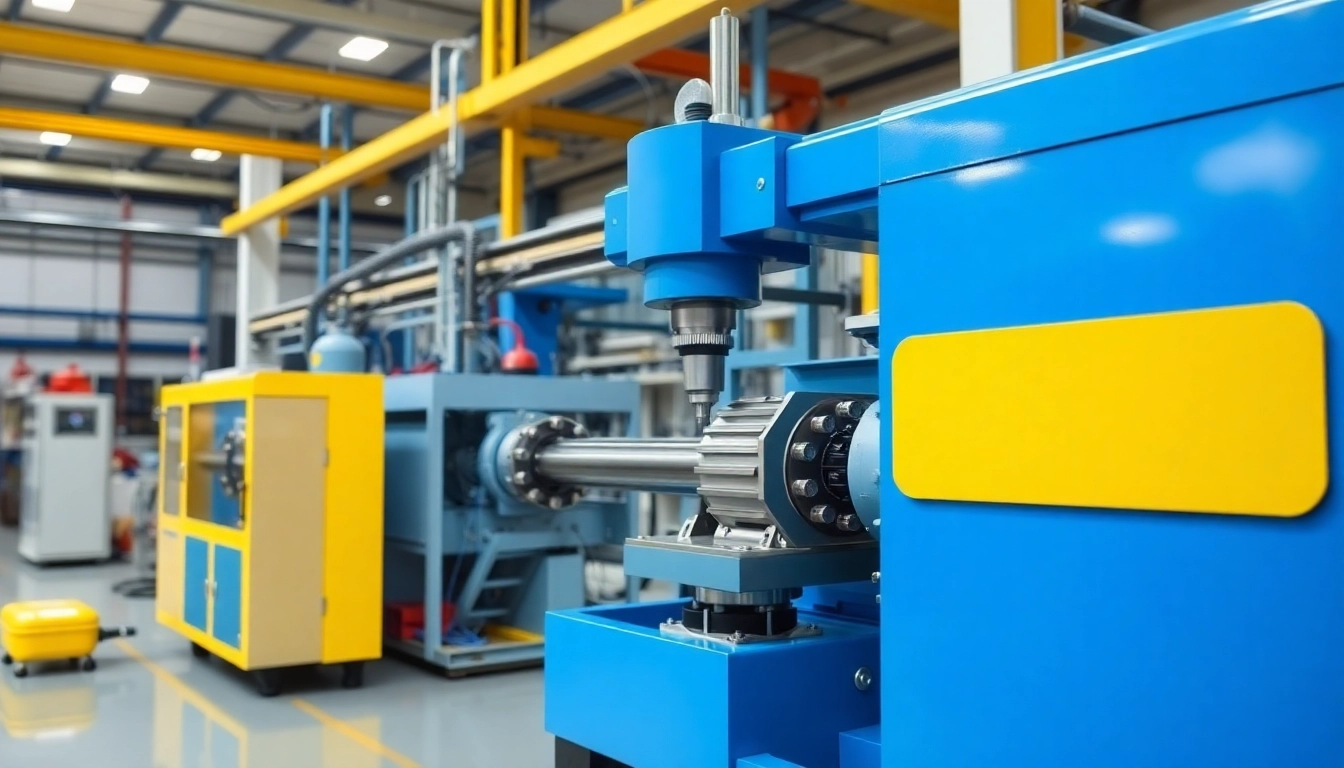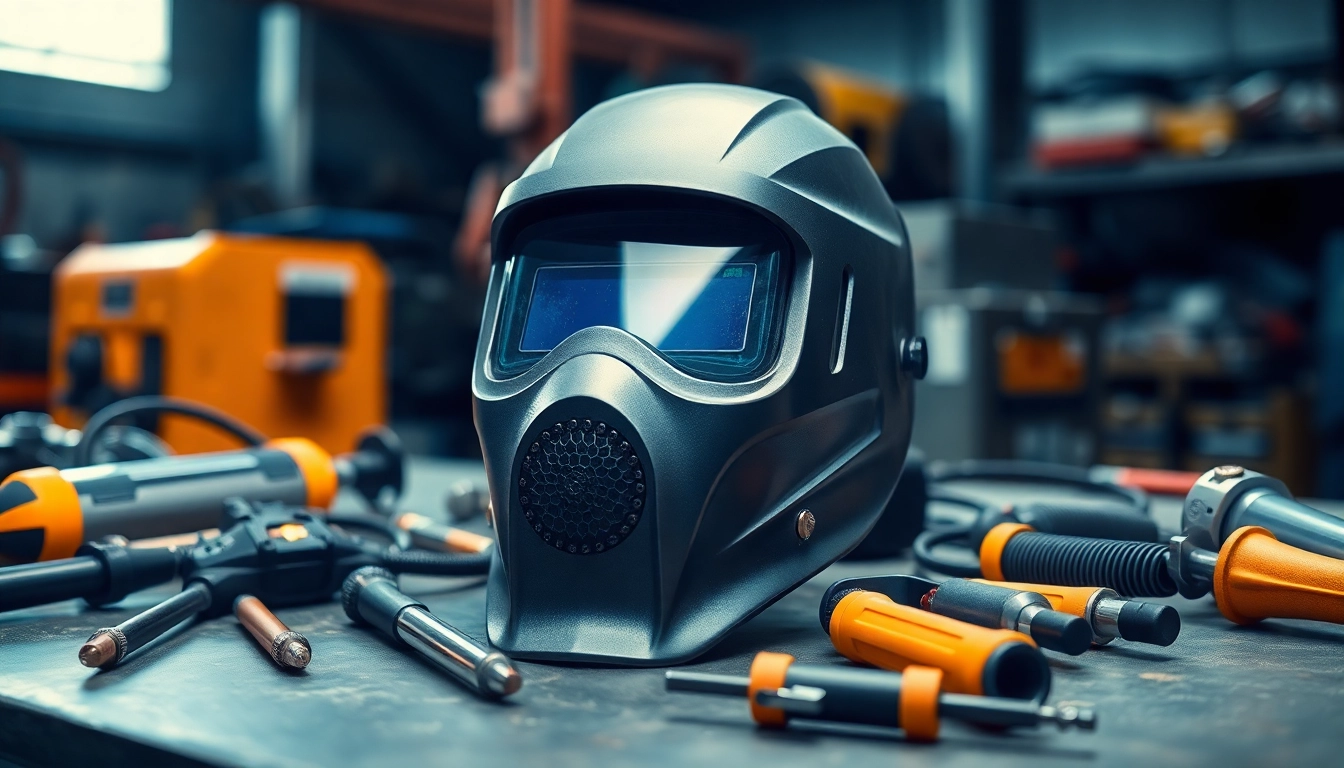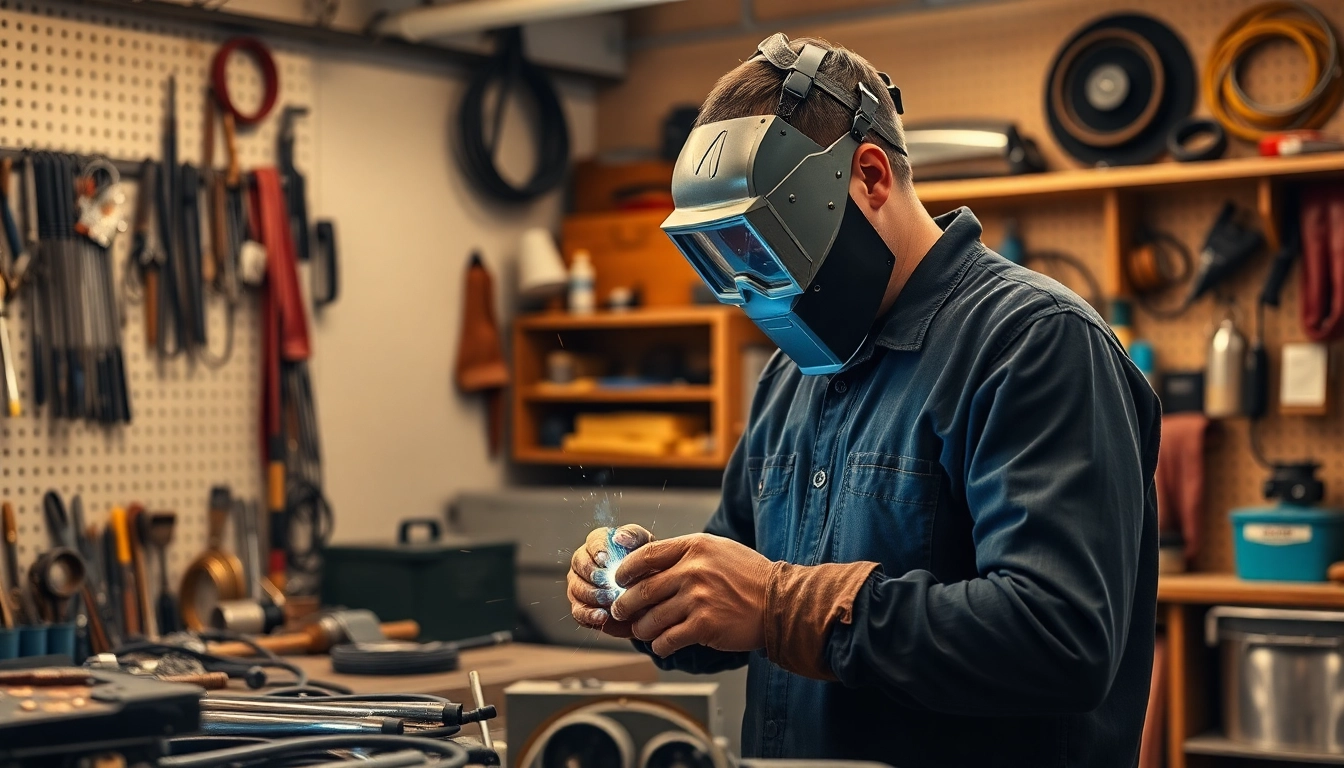Introduction to Blow Molding Machines
In the realm of manufacturing and production, the Blow Molding Machine serves as a pivotal technology for creating hollow plastic parts. This article delves deep into the intricacies of blow molding machinery, discussing its types, operational processes, investment considerations, as well as emerging trends and innovations in the field. Understanding these components is essential for businesses aiming to enhance production efficiency and maintain competitiveness in the plastic manufacturing industry.
What is a Blow Molding Machine?
Definition and Functionality
A blow molding machine is a type of industrial equipment used to manufacture hollow plastic parts such as bottles, containers, and automotive components. The machine operates by blowing air into a hot, malleable plastic tube (called a parison), causing it to expand and fill a mold. This process is distinct from other plastic forming methods, which typically involve solid molding. There are three primary types of blow molding: extrusion blow molding (EBM), injection blow molding (IBM), and stretch blow molding (SBM), each with specific applications and advantages.
History and Technological Advancements
The history of blow molding can be traced back to the early 20th century when the first patents for blowing glass bottles were filed. The evolution from glass to plastic in the 1960s marked a significant turning point, seeing rapid advancements in polymer technology and machine efficiency. Today, modern blow molding machines incorporate sophisticated automation and energy-efficient designs, reflecting the industry’s response to increasing demand for sustainable manufacturing practices.
Key Benefits of Using Blow Molding Machines
- Cost-Effectiveness: Blow molding allows for mass production of items, reducing per-unit cost.
- Design Flexibility: This process accommodates complex shapes that fit a variety of product requirements.
- Material Efficiency: The blow molding process optimizes the use of plastic materials, minimizing waste.
- Speed of Production: High-speed machines can produce thousands of units per hour, enhancing productivity.
Types of Blow Molding Machines
Extrusion Blow Molding (EBM)
Extrusion blow molding is the most common type of blow molding, especially for hollow containers like bottles. In this process, plastic is melted and extruded into a continuous tube (parison), which is then clamped into a mold. Air is blown into the parison which expands to fill the mold. EBM is favored for its efficiency and ability to produce large volumes quickly.
Injection Blow Molding (IBM)
Injection blow molding combines injection molding and blow molding. Initially, a preform is injection molded, and then it is positioned in a blow mold, where air expands it to the final shape. This method is suitable for manufacturing smaller parts with precise dimensions, often used in making high-quality bottles for pharmaceuticals and cosmetics.
Stretch Blow Molding (SBM)
Stretch blow molding is particularly used for PET (Polyethylene Terephthalate) bottles, a popular choice in the beverage industry. In SBM, the preform is heated and then stretched while being blown into the mold. This method enhances the mechanical properties of the bottle, making it suitable for carbonated beverages due to improved barrier characteristics.
Operational Process of Blow Molding Machines
Forming Preforms and Parisons
The initial step in blow molding involves forming the preform or parison. In EBM, plastic resin is loaded into the extruder, where it is heated and liquefied. The extruder then forms it into a parison of a specific shape and size, ready for the next stage of molding.
Molding and Cooling Process
Once the parison is formed, it is clamped in the mold. Compressed air is injected into the parison, expanding it to match the mold contours. Timing is crucial as the cooling phase must be effectively managed to achieve optimal hardness and stability of the finished product. Cooling can occur by air or water, depending on the material used and the design of the product.
Final Product Quality Inspection
Upon completion, the molded products undergo a series of inspections. This may include dimensional checks, visual inspections for defects, and sometimes functional tests for packaging applications. Automated inspection systems are increasingly being used, which employ sensors and imaging technology to ensure that every unit meets the established quality standards.
Costs and Investment in Blow Molding Machines
Initial Cost Estimates
The upfront cost for acquiring a blow molding machine can vary significantly based on its type, size, and technological features. An extrusion blow mold can start around $10,000, while more sophisticated injection machines may reach into the hundreds of thousands. Prospective buyers should consider not just the cost, but the machine’s ROI, longevity, and maintenance requirements.
Return on Investment Analysis
Investing in blow molding technology can yield substantial returns given the right market conditions. Factors contributing to the ROI include production speed, material savings, and the machine’s adaptability for different products. A detailed ROI analysis involves assessing production volume, potential market growth, and pricing strategies for the products manufactured.
Factors Affecting Operational Costs
The operational costs associated with blow molding machines encompass energy consumption, maintenance, labor, and material expenses. Choosing energy-efficient machines can significantly reduce operating costs over time. Additionally, maintenance schedules and training for operators can enhance productivity and machine life, minimizing downtime.
Trends and Innovations in Blow Molding
Eco-Friendly and Energy-Efficient Technologies
In recent years, there has been a growing emphasis on sustainability in the manufacturing industry. Blow molding machine manufacturers are exploring ways to minimize energy consumption and reduce plastic waste. Innovations such as all-electric machines and systems that enable recycling of materials directly within the manufacturing process are becoming more prevalent.
Latest Developments in Design and Functionality
The design of blow molding machines is evolving rapidly, integrating advanced technologies such as IoT data analytics for predictive maintenance and real-time monitoring of production processes. These enhancements allow manufacturers to preemptively address potential issues and optimize workflows, resulting in greater efficiencies.
Future of Blow Molding in the Plastics Industry
The blow molding sector is positioned for continued growth, with advancements in both machine capabilities and material technologies. The trend towards lighter, stronger plastics that are also recyclable suggests a shift towards more sustainable practices within the industry, which will drive future innovations. Furthermore, as consumer demand shifts towards environmentally friendly packaging solutions, blow molding will play a pivotal role in meeting these expectations.
Conclusion
Understanding the operational mechanics of blow molding machines and their role within the plastic manufacturing industry is vital for businesses looking to innovate and compete effectively. As technology advances and sustainability becomes increasingly important, companies equipped with the latest blow molding technologies will likely thrive in the evolving market landscape.



